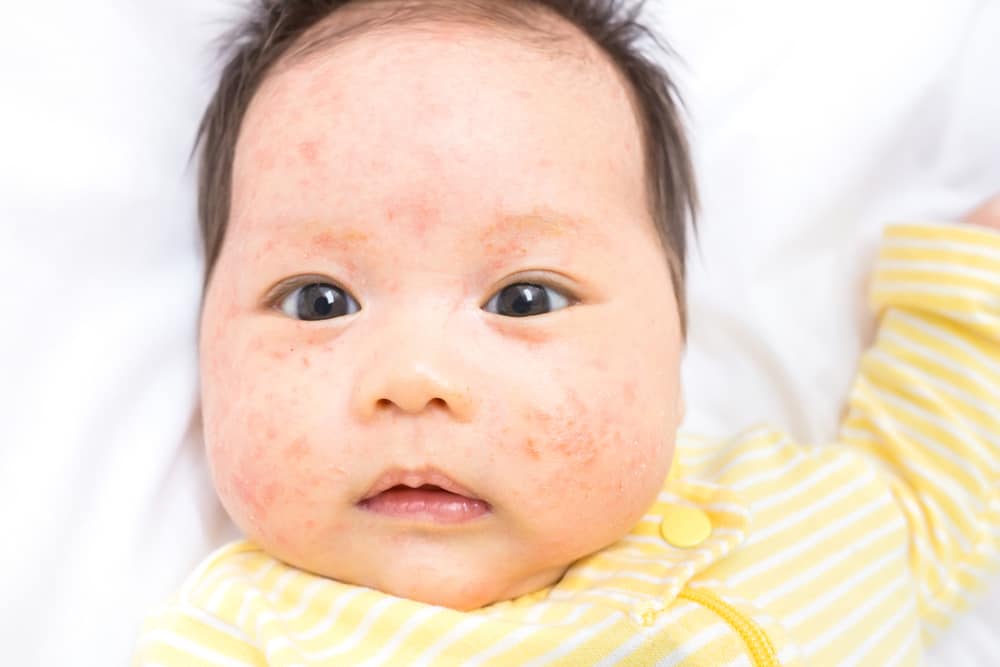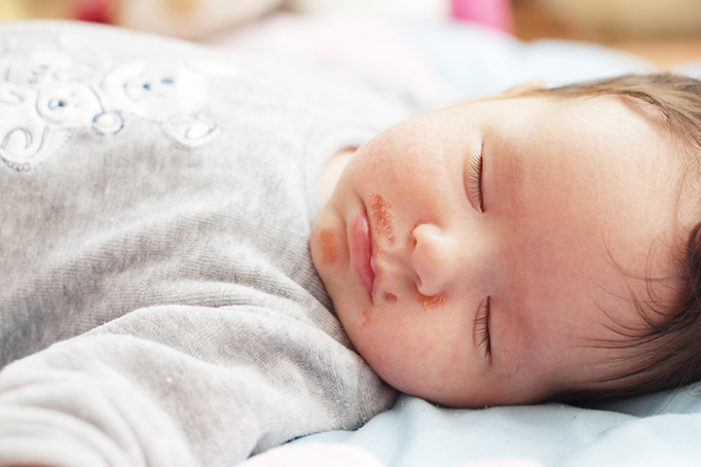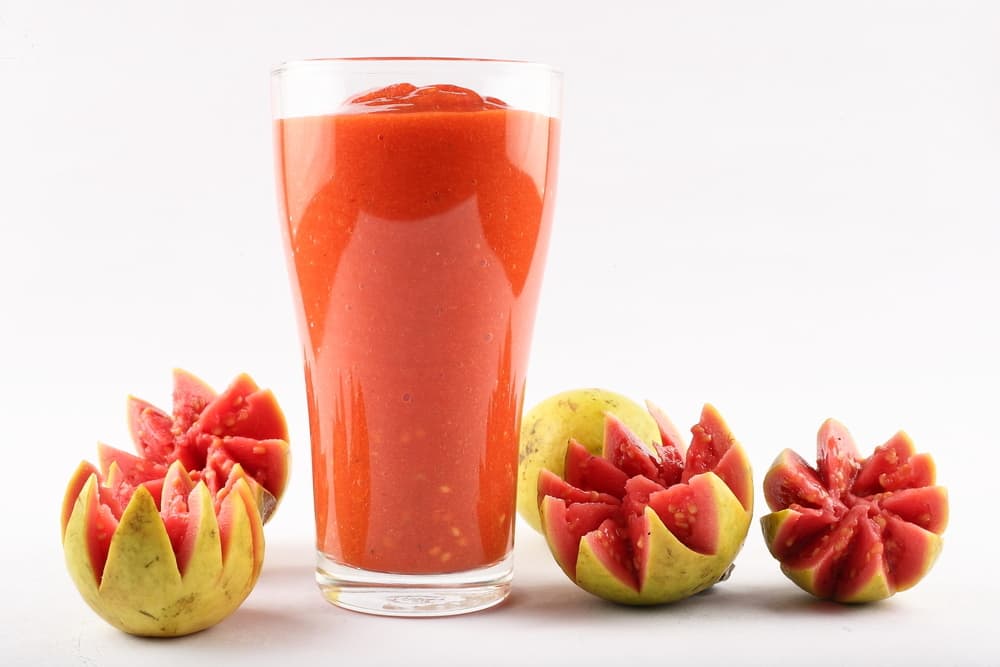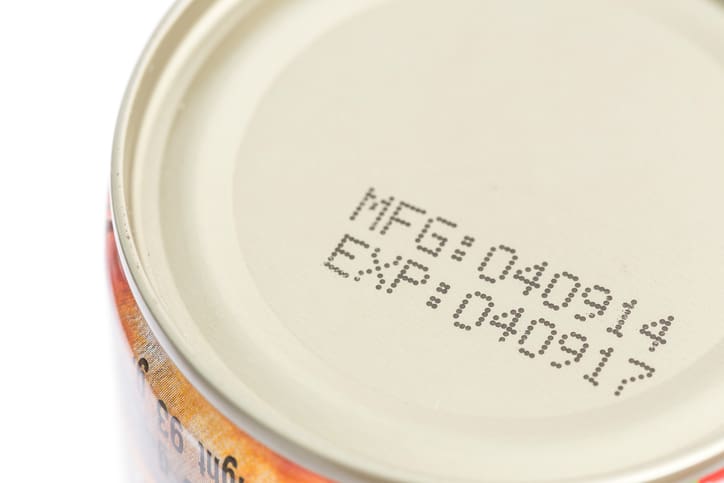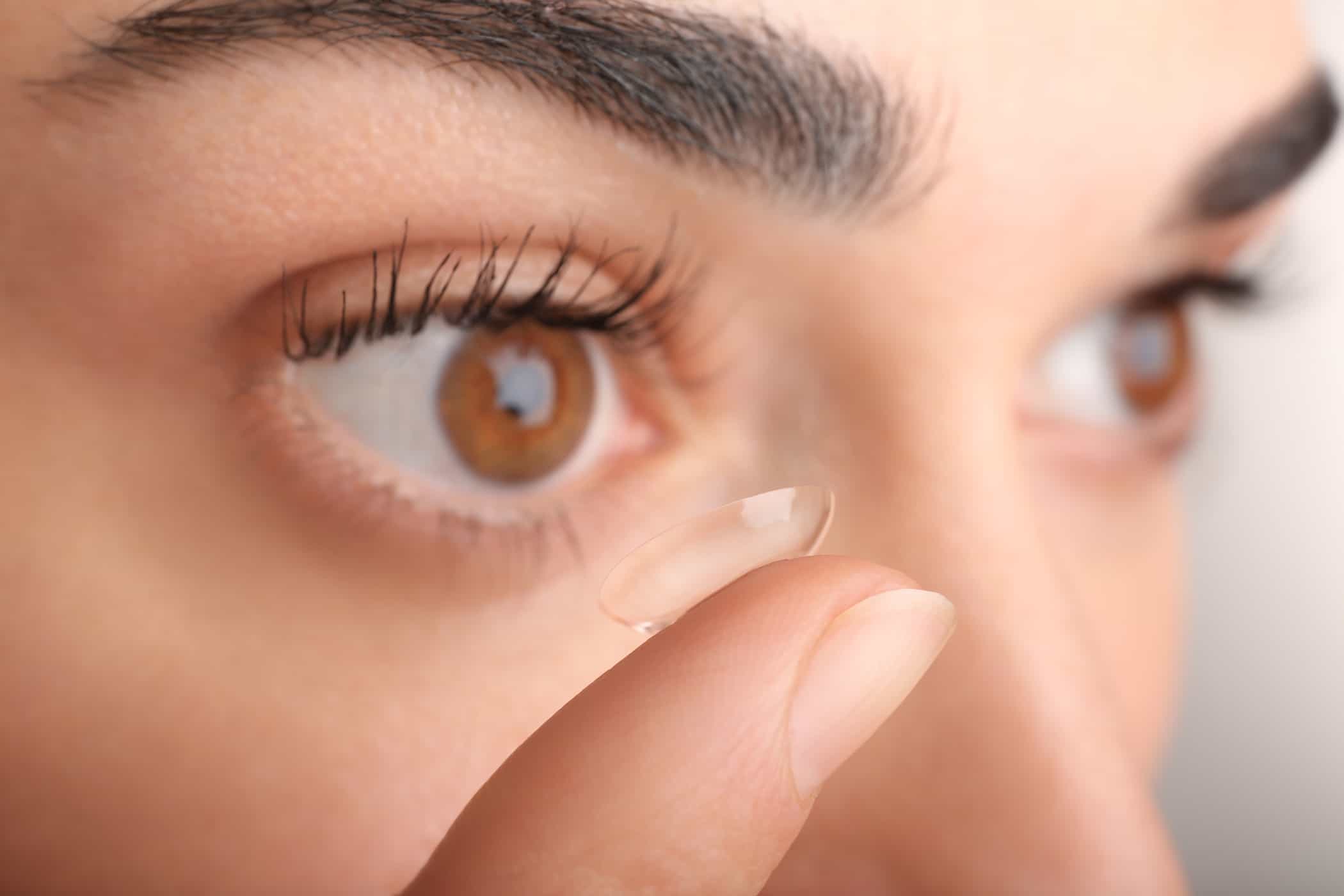Contents:
- Medical Video: Spotting Hand, Foot & Mouth Disease
- Signs and symptoms of impetigo in children
- 1. Red wounds
- 2. Liquid filled blisters
- 3. Skin hardens
- 4. Itching
- 5. Pain in the skin
- When should the child be taken to the doctor because of impetigo?
Medical Video: Spotting Hand, Foot & Mouth Disease
Impetigo is a type of infectious skin infection in children due to Staphylococcus or Streptococcus bacteria. This disease is often mistaken for chickenpox or herpes, because the symptoms are similar. In order not to be confused, refer to the following symptoms of impetigo in children.
Signs and symptoms of impetigo in children
Symptoms of impetigo in children should be treated as soon as possible. If not, the symptoms of impetigo can be more severe and quickly spread to other people.
Various symptoms of impetigo that appear on a child's skin include:
1. Red wounds
The earliest symptoms of impetigo in children are the appearance of red sores on the skin of the face, lips, arms, to feet. The severity can vary, some only have one wound, but some have many wounds and rashes that spread on their body.
Charles I. Shubin, MD, a pediatrician from Mercy Family Care Physicians in Baltimore, advises you to diligently wash the rash on your child's skin with soap and water, so as not to spread quickly to others.
2. Liquid filled blisters
The skin of a child affected by impetigo usually appears yellow blisters filled with fluid. If the blisters break, then the liquid inside will come out in the form of pus and trigger an itchy feeling on the child's skin.
3. Skin hardens
Rupture of blisters on the skin due to impetigo can trigger thickening of the skin layer above it. Over time, the area of the skin will harden and become yellow or tanned, similar to the color of honey.
4. Itching
Impetigo lesions can trigger itching on the skin. However, whatever the skin is broken, teach your child not to scratch it. Because, this can actually spread the bacteria that cause impetigo to other parts of the body and worsen the infection.
5. Pain in the skin
If the symptoms of impetigo are not treated promptly, the lesions they cause can penetrate the deeper layers of the skin. This can cause ecthyma, which is a blistering wound that makes the skin feel very painful.
When should the child be taken to the doctor because of impetigo?
Because the infection is very contagious, you should immediately take your child to the nearest pediatrician. Especially if the child has fever, body aches, and a more dark rash, this is a sign that the infection has penetrated deeper into the skin and needs to be treated immediately.

